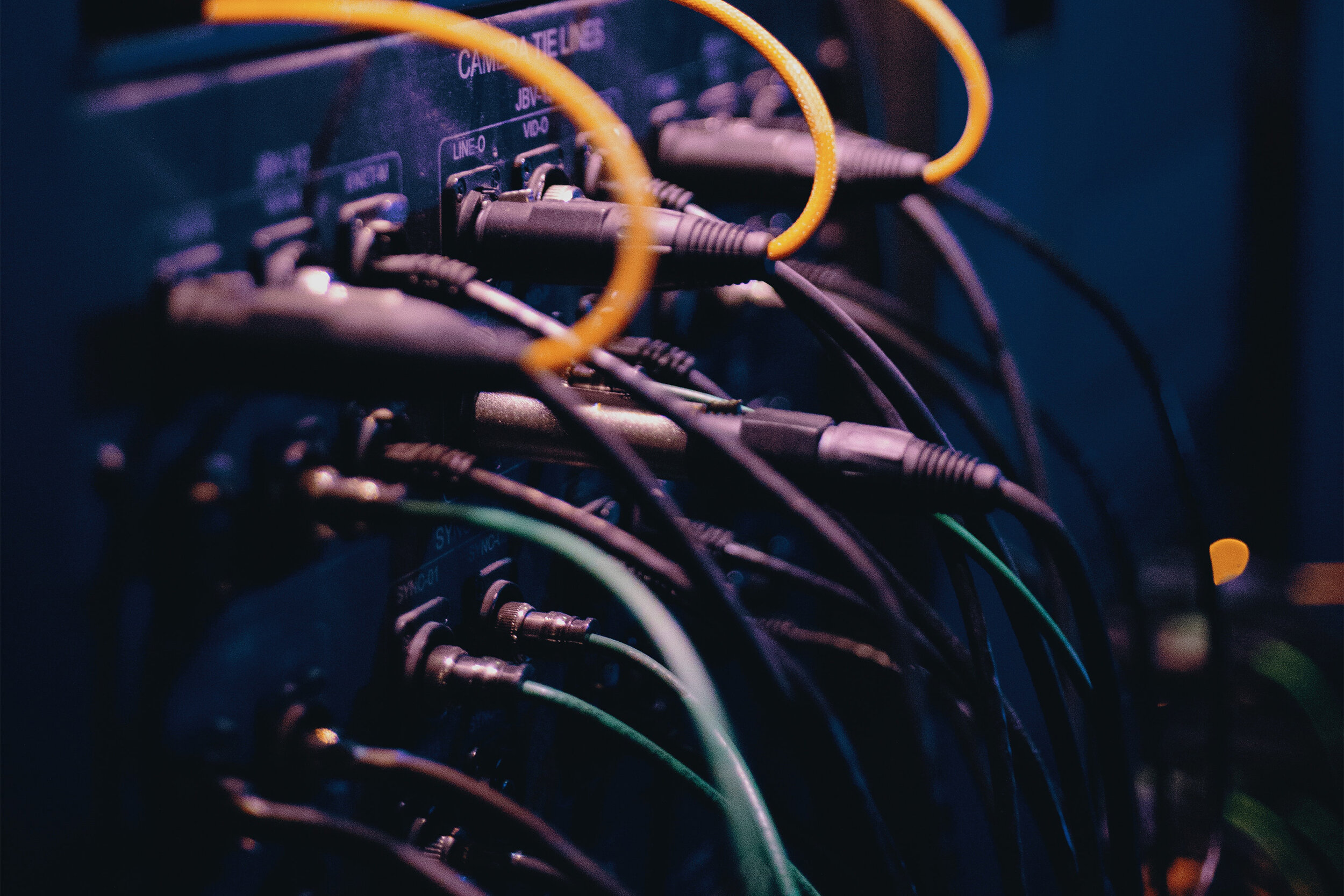DATA CABLING
P2P COMMUNICATION
Point-to-point (PTP) and point-to-multipoint (PTMP) connections are staples of fixed wireless networks and broader telecommunications architecture.
PTP is the simplest form of network architecture. It enables the connection of two locations using a wireless radio link. The most obvious examples of a PTP connection are fixed wireless connections or two-way radios.
In contrast, PTMP communication systems distribute a radio signal from one location to several others. This technology enables television and radio networks to broadcasts their content. The two methods of connectivity have distinct attributes and subsequent advantages and disadvantages.
Point-to-Point Connection
As outlined previously, PTP connection links two locations. This association begins with a single transmitter which communicates with to a single dedicated receiver, meaning the entire channel capacity is reserved for the the two connected devices. This type of configuration facilitates a wireless data transfer at speeds ranging from 100Mbps to 10Gbps.
Depending on line of sight between the two devices, PTP radios can communicate over a range of more than 20 miles and operate on both unlicensed and licensed radio frequencies. If a network solely consists of point-to-point connections, the data packet will have to travel through a number of intermediate devices.
The distance that the data packet travels will affect the quality of connection, so it’s important to find the smallest distance or shortest path between the transmitter and the receiver.
Fixed wireless utilizes PTP connections between two fixed locations to provide end-users with a high-speed and uninterrupted broadband connection. This dedicated link provides customers with a secure link and a cost effective way to transmit data.
In addition, the connection can be set up and installed with ease. A point-to-point connection works best when only one location relies heavily on significant data transmission.
Point-to-Multipoint Connection
A multipoint connection involves the link from a single transmitter being shared between multiple receivers. It’s important to note that in a PTMP connection, receivers do not communicate with each other but instead all have a single connection with the main base or access point.
Point-to-multipoint connections are common for wireless internet service providers. ISPs place a radio transmitter on top of a tall building or hilltop with a clear line of sight to multiple receiving radios.
PTMP networks operates in both unlicensed and licensed frequencies bands with speeds of up to 1 Gbps. This type of connection is ideal when distributing less data to more recipients.
The Key Differences
There are several major differences between point-to-point and point-to-multipoint connections:
PTP involves a single dedicated link. PTMP involves the sharing of a single link with two or more devices.
In a PTP connection, the entire channel capacity is used by only the two devices in the connection. PTMP connections involve the sharing of a connection with multiple devices.
In a PTP connection, there can only be a single transmitter and receiver. In a PTMP link, although there can only be a single transmitter, there can be multiple receivers.
Point-to-point and point-to-multipoint architecture contribute to the ever-improving technological capabilities of wireless infrastructure. The most effective fixed wireless providers recognize the benefits of PTP and PTMP and integrate the two as part of a diverse and comprehensive network.
As wireless technology continues to progress, there is little doubt that the importance of fixed wireless and this adaptable technology will continue to grow.





